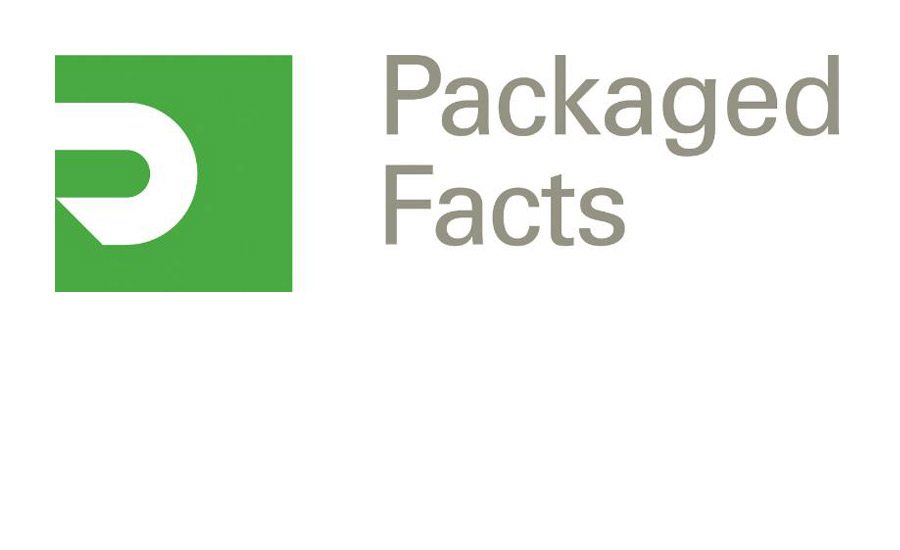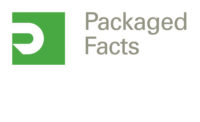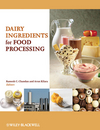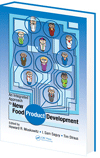New Competition: Dairy and Dairy Alternatives
Dean Foods Co. creates first national branded fresh white milk, while almond milk sales are poised to spur market growth through 2019

The ongoing competition between dairy and dairy alternatives is only beginning to reach its apex and will continue to intensify over the next several years as consumers grow more comfortable with milk alternatives and scrutiny of dairy products escalates, finds market research publisher Packaged Facts in the report Dairy and Dairy Alternative Beverage Trends in the U.S.
Recently the market has seen major U.S. milk producer Dean Foods Co. announce plans to create the first national branded fresh white milk through the consolidation of its more than 30 dairies under one brand label, DairyPure. The move is being made to combat issues in the milk industry. Looking ahead, industry battles will include the dairy forces stressing the protein levels of their products, along with other healthy added ingredients such as "ancient grains." More flavored milks will be introduced, including limited edition holiday and seasonal flavors.
Also look for additional organic milk products, and for the dairy milk market to expand in other, more exotic ways. Not to be outdone, the dairy alternative segment will continue to launch new products and expand their marketing and advertising efforts to make sure the opportunity to gain ground doesn't slip away.
Presently, the market for dairy beverages is four times that of dairy alternatives.
Nevertheless, the dairy alternative segment—lead by almond milk—has become the industry's clear rising star. Packaged Facts research shows that during the past few years the dairy alternative segment has been increasing its share of the overall market, with a compound annual growth rate (CAGR) of more than 12% as compared to the less than 2% CAGR of the dairy beverage segment.
Packaged Facts projects that the dairy and dairy alternative beverages market will achieve a CAGR of 6% for the five-year period ending in 2019 with sales reaching $32 billion, up by about a third from its 2014 level of nearly $24 billion. From 2015-2019, the driving force in growth will be the continued double-digit increases in sales for almond milk, which, by most industry accounts is still in its early stages of growth. The product is projected to increase from 5% of the overall market in 2014 (including both the refrigerated and shelf-stable categories) to 19% by 2019, with an anticipated CAGR of almost 41%.
Recently the market has seen major U.S. milk producer Dean Foods Co. announce plans to create the first national branded fresh white milk through the consolidation of its more than 30 dairies under one brand label, DairyPure. The move is being made to combat issues in the milk industry. Looking ahead, industry battles will include the dairy forces stressing the protein levels of their products, along with other healthy added ingredients such as "ancient grains." More flavored milks will be introduced, including limited edition holiday and seasonal flavors.
Also look for additional organic milk products, and for the dairy milk market to expand in other, more exotic ways. Not to be outdone, the dairy alternative segment will continue to launch new products and expand their marketing and advertising efforts to make sure the opportunity to gain ground doesn't slip away.
Presently, the market for dairy beverages is four times that of dairy alternatives.
Nevertheless, the dairy alternative segment—lead by almond milk—has become the industry's clear rising star. Packaged Facts research shows that during the past few years the dairy alternative segment has been increasing its share of the overall market, with a compound annual growth rate (CAGR) of more than 12% as compared to the less than 2% CAGR of the dairy beverage segment.
Packaged Facts projects that the dairy and dairy alternative beverages market will achieve a CAGR of 6% for the five-year period ending in 2019 with sales reaching $32 billion, up by about a third from its 2014 level of nearly $24 billion. From 2015-2019, the driving force in growth will be the continued double-digit increases in sales for almond milk, which, by most industry accounts is still in its early stages of growth. The product is projected to increase from 5% of the overall market in 2014 (including both the refrigerated and shelf-stable categories) to 19% by 2019, with an anticipated CAGR of almost 41%.
Looking for a reprint of this article?
From high-res PDFs to custom plaques, order your copy today!









